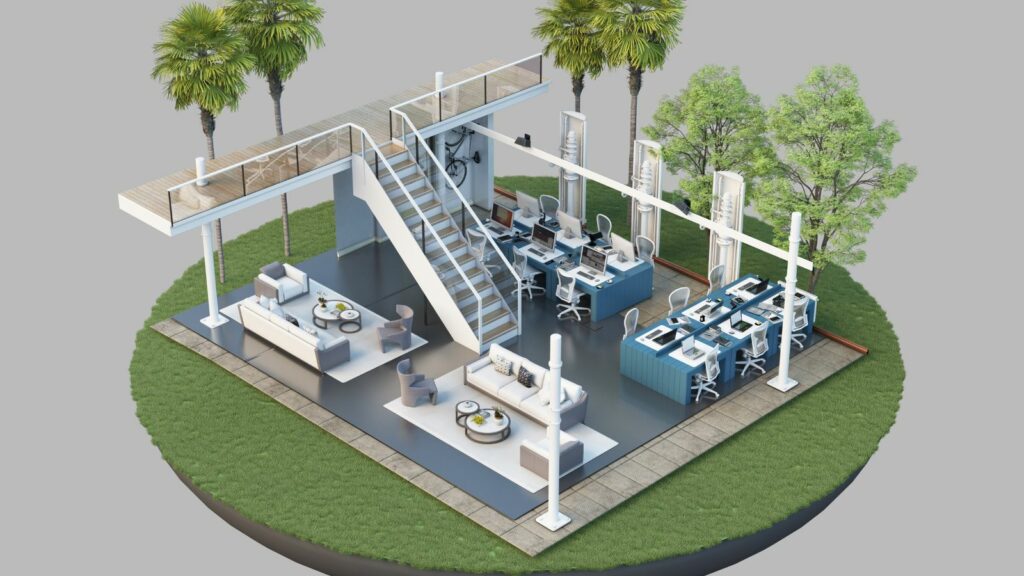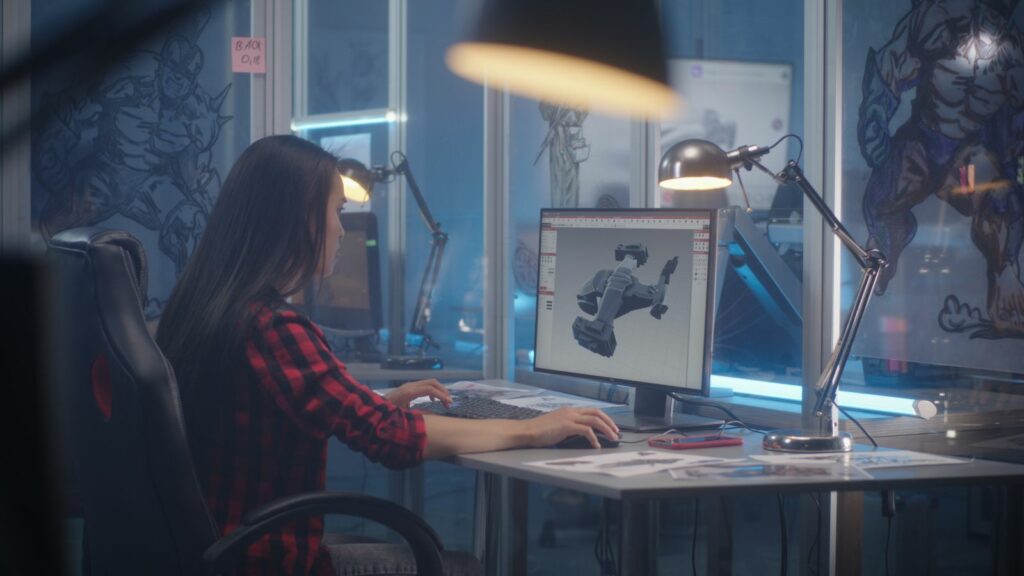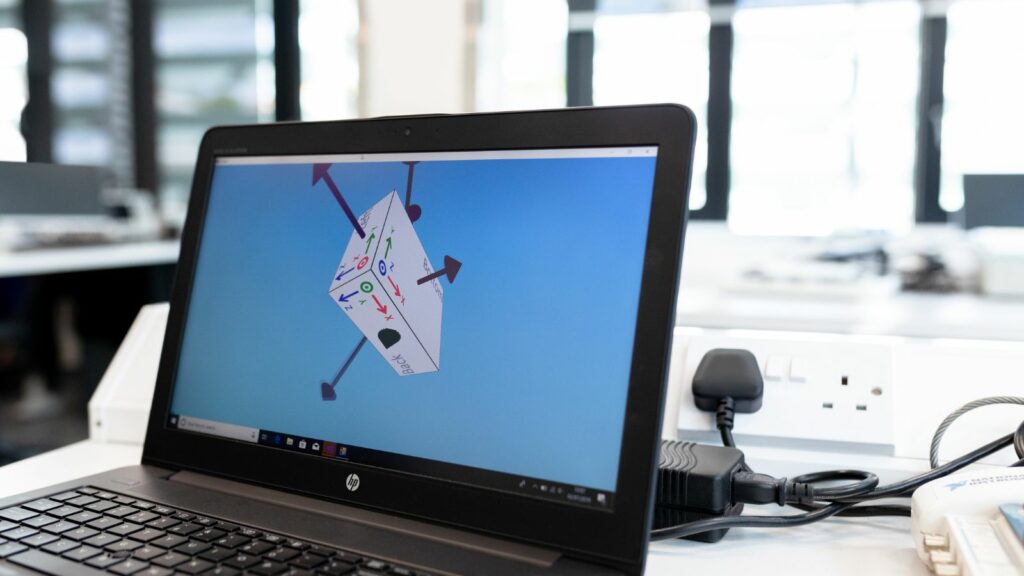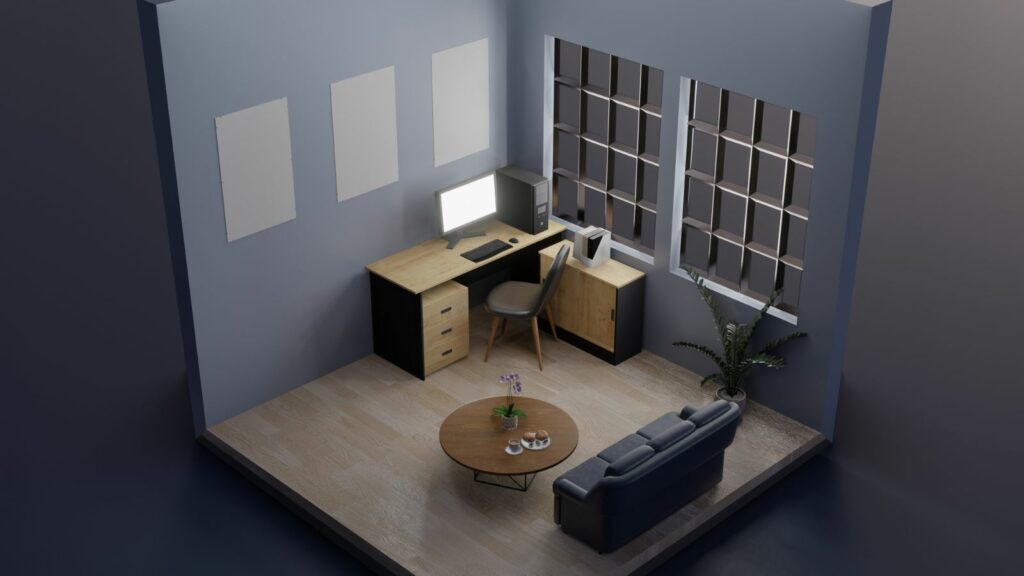In the ever-evolving world of interior design, 3D furniture design has emerged as a game-changer. This innovative approach allows designers to visualize and perfect their creations before they ever become tangible pieces. By leveraging advanced software, they can experiment with shapes, colors, and materials, ensuring each piece fits seamlessly into any space.
3D Furniture Design
What is 3D Furniture Design?

3D furniture design involves creating digital models of furniture using specialized software. Designers use this technology to visualize pieces in three dimensions, manipulating shapes, colors, and materials. The process starts with conceptual sketches or design ideas, which are then transformed into detailed 3D models. These models allow designers to explore multiple variations and make adjustments before physical production.
By integrating 3D modeling, designers achieve higher customization levels, meeting individual client needs. This technology revolutionizes the furniture industry by combining creative freedom with practical innovation.
Key Features Of 3D Furniture Design Software
Thses furniture design software offers a range of features that enhance the creative process, making it more efficient and precise.
User Interface
A user-friendly interface is essential for effective 3D furniture design. Leading software like AutoCAD and SketchUp provide intuitive controls, streamlined menus, and customizable toolbars. These features enable designers to quickly learn and navigate the platform, reducing the learning curve. Drag-and-drop functionalities and automated guides enhance the design experience by simplifying complex tasks.
Design Tools
Sophisticated design tools play a crucial role in shaping 3D furniture models. Popular software includes a variety of tools for creating detailed sketches, intricate patterns, and precise measurements. Features such as parametric modeling and solid modeling allow for high-detail adjustments. Libraries of pre-designed components (tables, chairs, and cabinets) further expedite the design process, offering a solid starting point for customization.
Rendering Quality
Rendering quality significantly impacts the visualization of 3D furniture designs. High-resolution rendering engines in software like Blender and 3ds Max produce realistic textures, lighting effects, and material finishes. These advanced rendering capabilities help designers present lifelike models to clients, ensuring that the final product aligns with client expectations.
Popular 3D Furniture Design Software
SketchUp offers intuitive tools for these type of furniture design, making it a favorite among professionals and DIY enthusiasts. Users benefit from its drag-and-drop interface and customizable toolset, which facilitate quick model creation and modification. SketchUp’s vast plugin library enhances functionality, allowing for advanced rendering, animation, and model analysis.

AutoCAD excels in precision and versatility, providing advanced features for detailed 3D furniture design. Renowned for its precise dimensioning and scaling capabilities, AutoCAD supports the creation of intricate furniture models with accuracy. The software’s extensive library of furniture templates and customizable components simplifies initial design stages. AutoCAD also offers robust rendering tools, facilitating the production of high-quality visualizations.
Blender stands out for its comprehensive suite of 3D modeling and rendering tools, catering to both simple and complex furniture designs. Its open-source nature fosters continuous development and community support, ensuring a steady influx of new features and improvements. Blender’s high-resolution rendering engine produces photorealistic textures and lighting effects, enhancing design presentations.
Real-World Applications
This furniture design has far-reaching implications across various industries, enhancing creativity, efficiency, and customer experience.

In interior design, 3D furniture design revolutionizes how spaces are visualized and planned. Designers create realistic layouts, ensuring every piece fits perfectly before any physical work begins. Virtual staging helps clients see the final look, improving decision-making. Tools like AutoCAD and SketchUp enable precise measurements and renderings, facilitating seamless modifications and client approvals.
Manufacturers leverage 3D furniture design for streamlined production processes. Digital prototypes reduce the need for physical samples, saving time and materials. Accurate 3D models minimize errors during production, enhancing quality control. Software like Blender enables the creation of detailed and high-resolution models, ensuring smooth transition from design to manufacturing.
From Concept to Reality
3D furniture design is revolutionizing the interior design and manufacturing industries, offering unparalleled visualization and customization options. While the learning curve and financial investment can be challenging, the benefits far outweigh the drawbacks, making 3D furniture design an essential skill for modern designers. By embracing this technology, professionals and DIY enthusiasts alike can enhance their creative processes, deliver high-quality results, and stay ahead in a competitive market.

